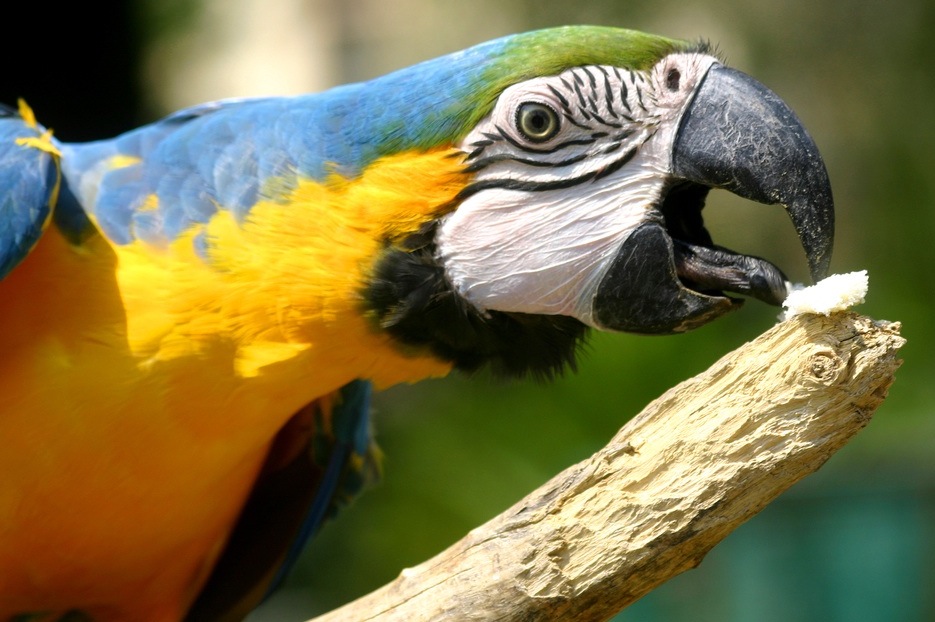Is it normal for a parrot to have a swollen tongue?

A parrot's tongue is surprisingly large and yet very agile, acting rather like a finger, particularly in the case of macaws (as shown here), as well as African greys and other larger parrots. This helps them to remove the outer husk or shell from seeds or nuts before eating the kernel.
Red-fronted macaw (Ara rubrogenys)The bird may pick several seeds at once, storing several under the tongue. It will then use its tongue to move each seed individually so that they can be cracked in turn.
 shutterstock_41963923.jpg)
The broad, and relatively square shape of the lower bill acts as the cutting edge for food, in the absence of teeth in the bird's mouth. The tongue is used to position seeds or nuts correctly in the mouth, so the curved upper part of the beak can then be used to exert pressure, with the shell being split open as a result. Larger parrots are even able to crack hard-shelled Brazil nuts without difficulty using their bills in this way.
Should a parrot be having difficulty in eating however, this may be linked to a splinter in its tongue, which causes swelling around the affected area, so seek the advice of a vet experienced with avian patients as soon as possible, if you are worried.